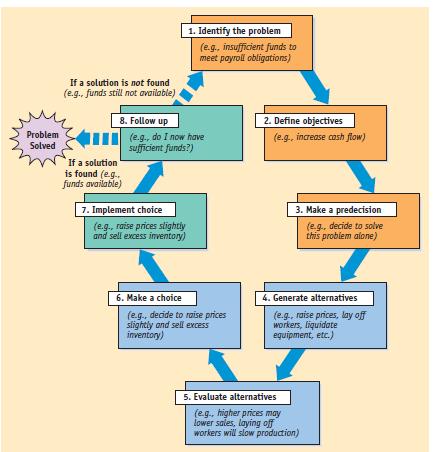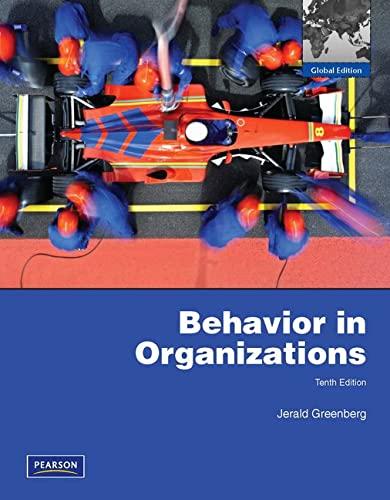What do Yao Ming, LeBron James, and Earl R. Dean have in common? The first two are
Question:
What do Yao Ming, LeBron James, and Earl R. Dean have in common? The first two are professional basketball stars, of course, but who’s Earl R. Dean? He happens to be the person who designed Coca-Cola’s familiar
“contour bottle,” the shapely container with a middle diameter that’s larger than its base. That was back in 1915. How do Yao and LeBron fit in, you ask? They too designed Coca-Cola bottles, but more recently, in 2008 to be exact. Now, before you start thinking that only celebrities such as Yao, LeBron, and the now-departed Earl get to do such cool things, you too could have designed your own bottle. In fact, in conjunction with the Olympic Games in Beijing and Vancouver, tens of thousands of people from around the world visited Coca-
Cola’s Web site, where, with the aid of a drawing application, they put stunningly beautiful finishing touches on classic Coke bottles.
Why did Coke bother with this? The answer is simple:
Coca-Cola has been in the process of deciding on a new bottle design and they stand to get great ideas from the submissions. And because visitors to the site are asked to vote on the various designs submitted, company officials can get a good sense of what consumers like.
But designs by consumers were only one source of inspiration. The head of Coca-Cola’s design team was charged with creating a consistent new look for the company’s products and needed as much input as possible.
That was the same situation a century ago, when Coca-
Cola officials turned to its bottle suppliers for suggestions.
They wanted a bottle that people enjoyed using and that was so easily recognizable that it could be identified if felt in the dark, or even if it were broken into pieces. That’s when our hero, Earl R. Dean, bottle designer at the Root Glass Company, came up with the winning deign, earning him a prize of a lifetime job with the company.
Today, with 450 different brands, more than 300 different models of vending machines, and different design standards being used throughout the world, the design task is a bit larger in scope. But like a century ago, clear criteria are being used to specify exactly what the company is trying to achieve. Today’s design team identified three considerations.
The design had to identify the brand clearly; it should create a good experience for the user; and the container should be made from environmentally friendly materials.
Interestingly, the first two criteria remained unchanged from 100 years ago.
With these considerations in mind, and with the Root Glass Company long gone, the job was turned over to design staff at the branding and packaging firm Turner Duckworth. Their new design was an aluminum contour bottle in traditional Coke red with the white script logo wrapped prominently around the middle. It was a sexier, updated version of Mr. Dean’s Coke bottle—immediately recognizable but up-to-date. And being made of aluminum instead of glass, the container feels colder when held, is lighter to ship, is much less expensive to produce, and is eco-friendly. In fact, the bottle is made of recycled aluminum that, itself, can be recycled. So highly regarded was the design that it won the prestigious Grand Prix at the Cannes Lions advertising festival.
Although this bottle is in only limited use, such as in a few upscale clubs, its success has inspired Coca-Cola to redesign the remaining products in the company’s vast portfolio. As overwhelming as this may seem, with a consistent look and design strategy to guide them, these decisions promise to be a little less challenging. Too bad Earl R. Dean isn’t here to help this time around.
Questions for Discussion
1. How do you think the analytical model of decision making (see Figure 10.1, page 365 might have been applied by Coca-Cola when designing new bottles? What specific tasks might have been done at each step in the process?
Figure 10.1

2. What errors or biases might have contributed to lessthan-perfect decisions in this case? How might they have been overcome?
3. What recommendations for improving the decisionmaking process identified in this chapter might be applied in this case? How do you think they would help?
Step by Step Answer:






